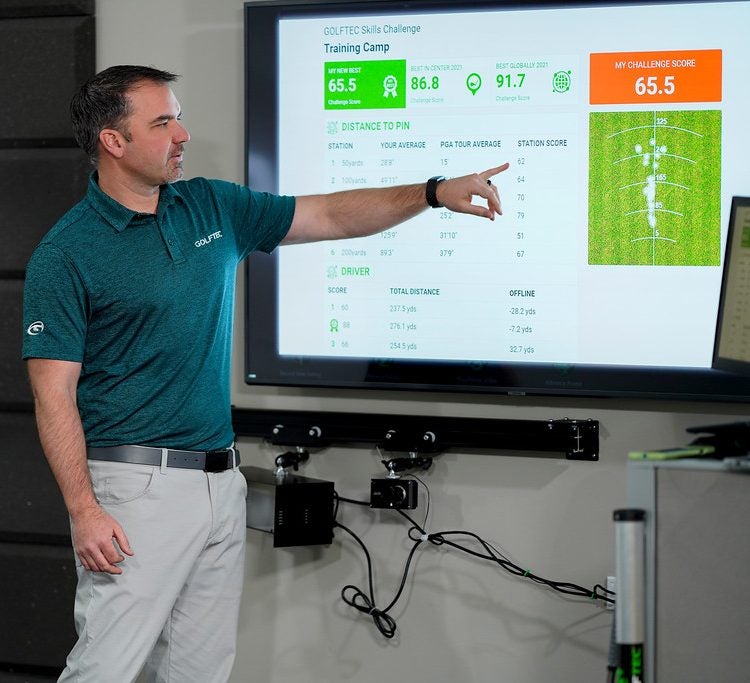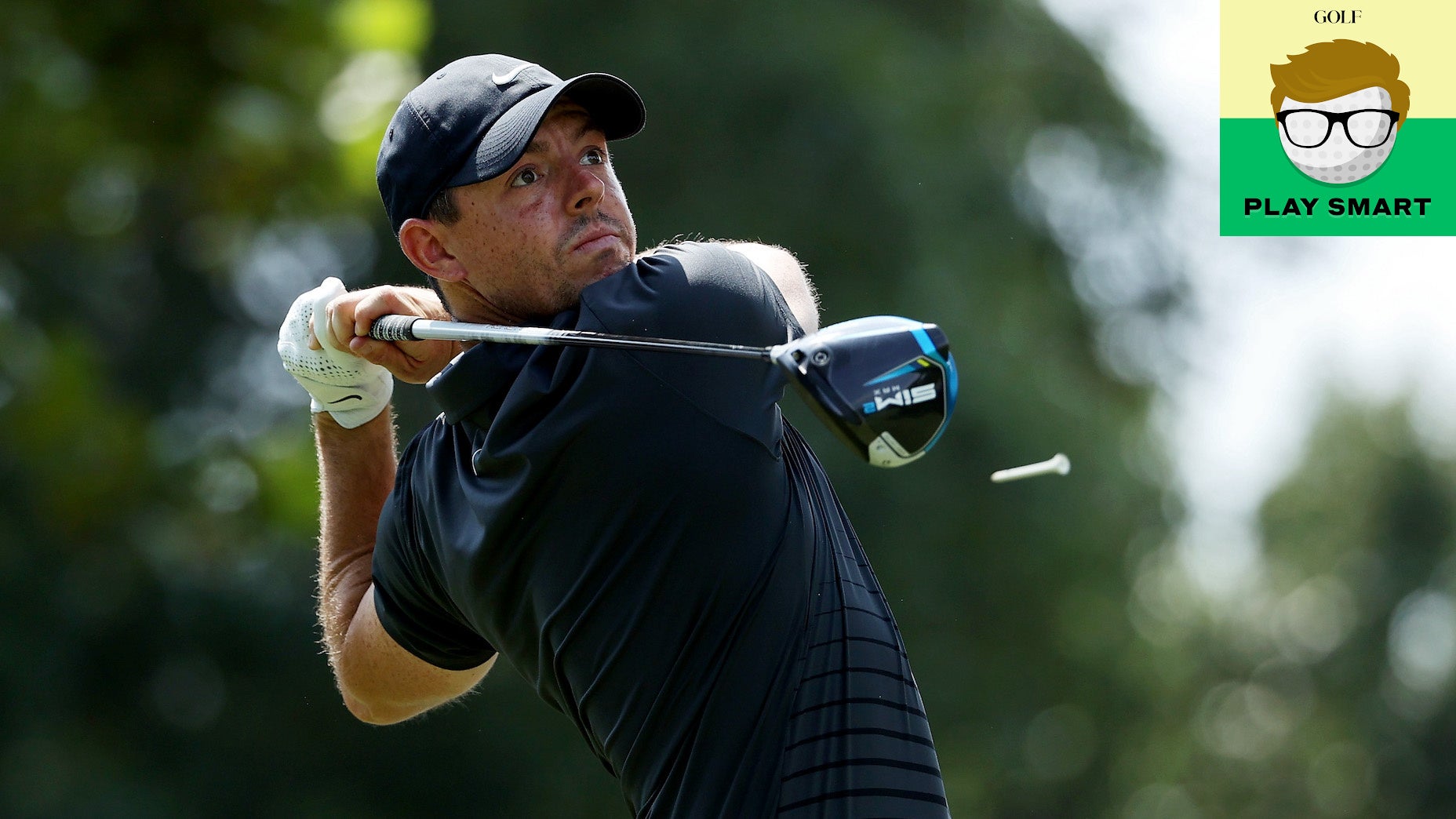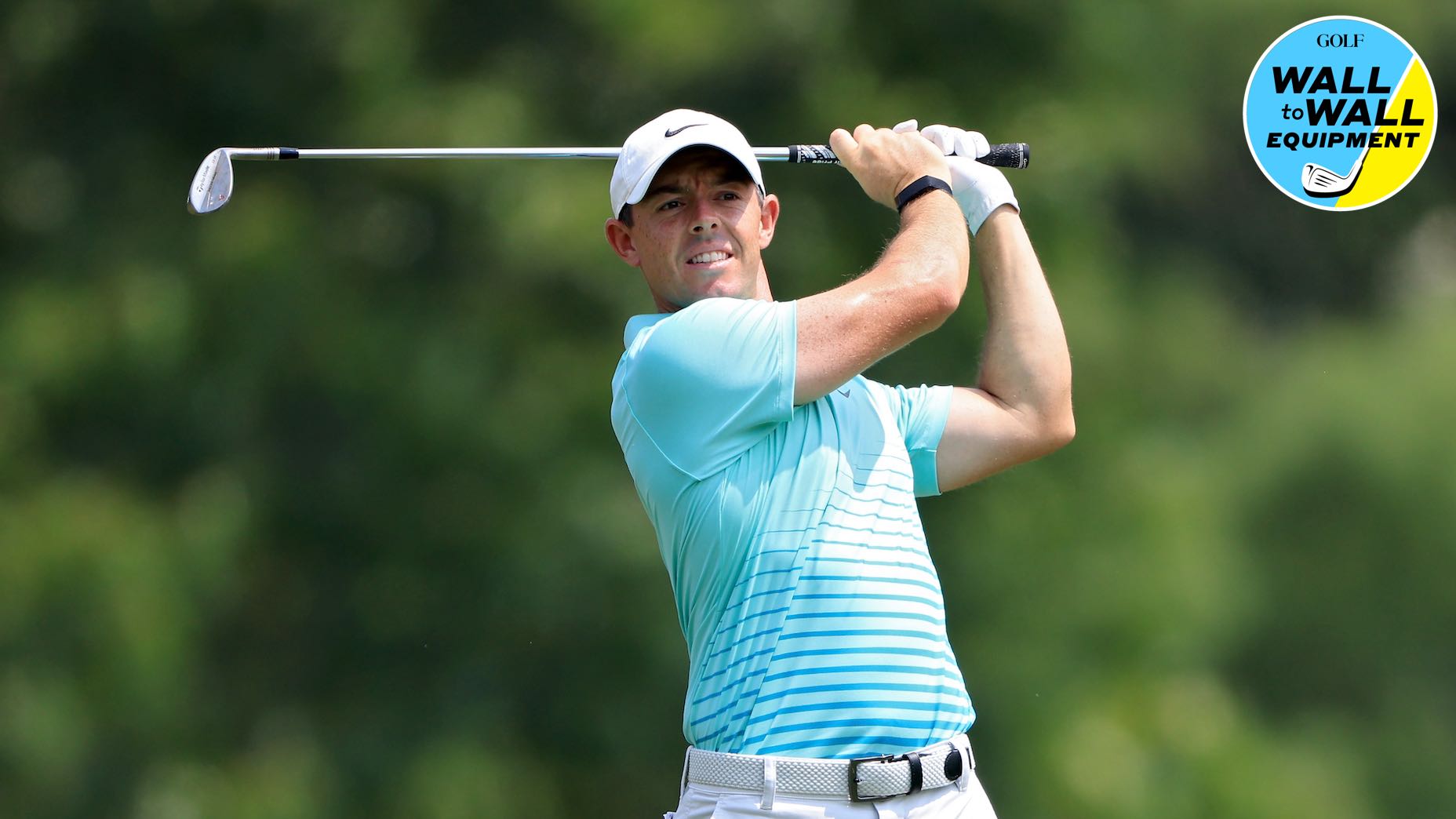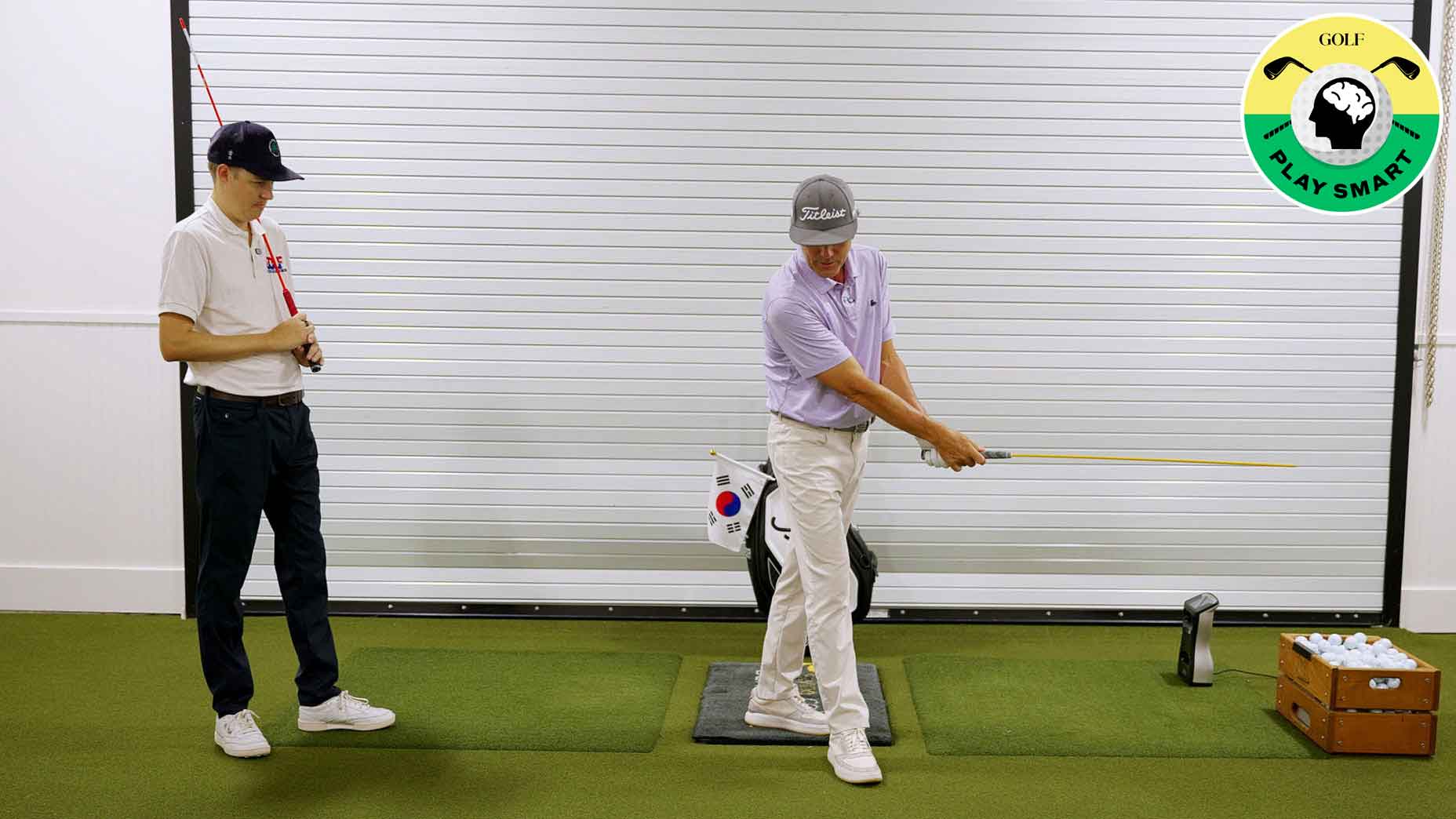Welcome to Play Smart, a game-improvement column that drops every Monday, Wednesday and Friday from Game Improvement Editor Luke Kerr-Dineen to help you play smarter, better golf.
Rory McIlroy’s career is a bit like an artist’s. It ebbs and flows between different phases, and recently, we’ve seen Rory transition into a more introspective, sentimental, there’s-more-to-life-than-golf mood. He’s married and a dad now; he meditates, reads books, and is comfortable enough in his role as a figurehead in the game to weigh into contentious topics.
He’s thoughtful in press conferences, and it’s not uncommon to hear him politely push back against the premise of a given question. Rather than an easy soundbite, he’ll offer up an honest, messy answer that he’s feeling at the moment.
“I’m thinking about that. I need to give things a chance,” McIlroy said after initially downplaying golf’s role in the Olympics. “I was speaking to my wife last night and saying maybe I shouldn’t be so skeptical. But I think I need to do a better job of just giving things a chance, experiencing things, not writing them off at first glance.”
McIlroy has come into his own as a mature, well-adjusted human off the course. But did introspective and thoughtful Rory get too introspective and thoughtful when it came to his own game, inadventertently damaging that game? Was he too honest about the limitations, such that they were, and overly curious about how to fix them?
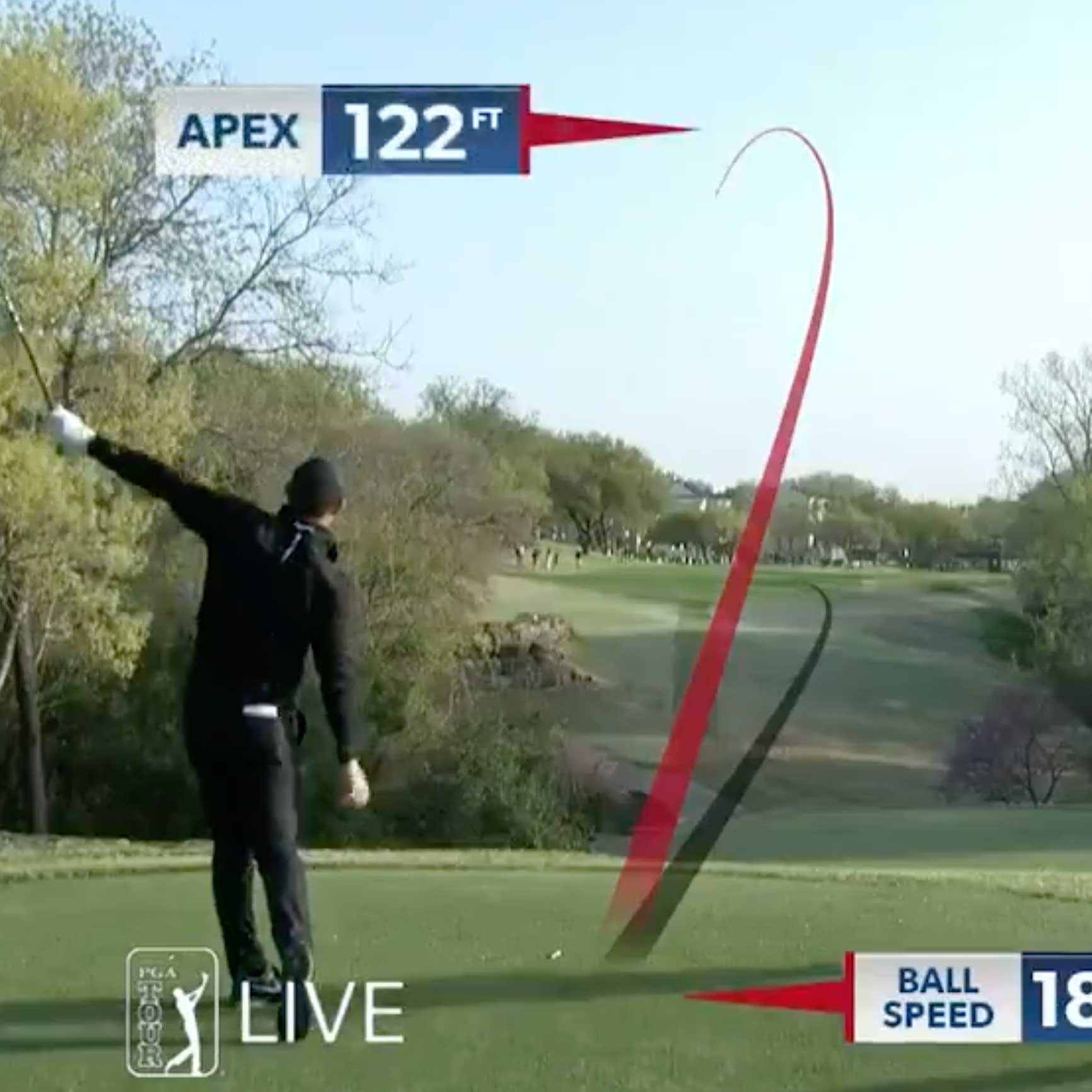
Last offseason, McIlroy, arguably the best driver on the PGA Tour, looked at DeChambeau’s game and decided it was his own driving that needed improving, so he went chasing more speed.
There’s nothing inherently wrong with trying to hit the ball further, but what happened next was rather befuddling: He abandoned the mission at the first sign of trouble at the Players Championship, and rather than going back to what he had been doing before, McIlroy decided it was actually his golf swing that could be improved. So, he re-organized his coaching situation and sought out a new ball flight. After years of enjoying the holy grail of golf: A high, controllable draw, it was a fade that Rory was after now.
He shifted his technique to that end. Traditionally, Rory’s magic move has been dropping his arms behind him and tilting his upper body away from the target. He sends his arms out to the right.
“The way Rory delivers the club into the ball creates ideal high-launch, lowspin impact conditions,” Brian Bazzel, TaylorMade’s Vice President of Global Product Creation, told me. “He’s maximizing all his launch conditions. It’s the reason he’s such an overachiever.”
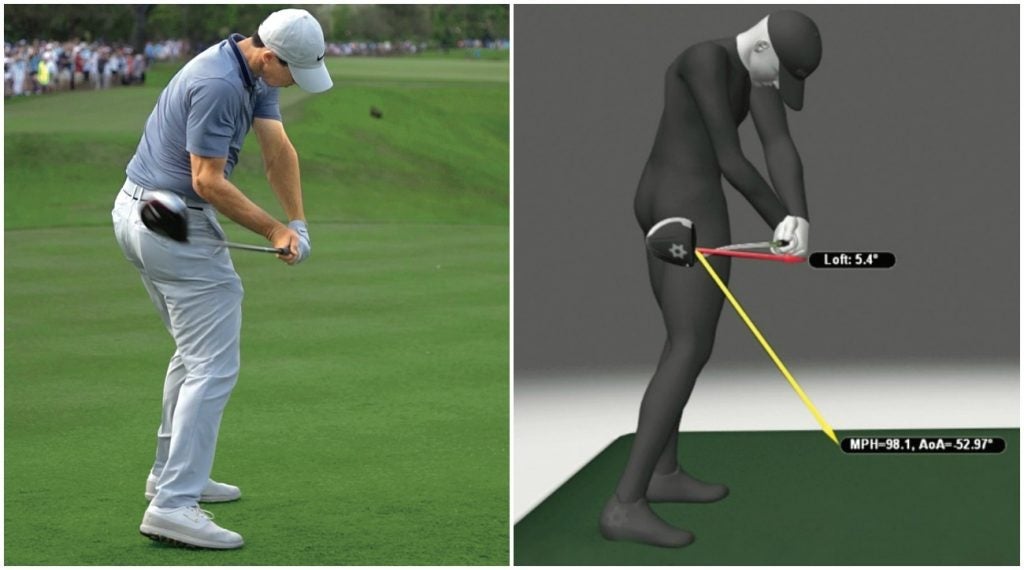
This season, he started working on getting more weight onto his lead foot in the downswing, and getting his club to exit further left around his body — rather than out to the right — on his release. The goal was a more aggressive turn of his body, less-active hands and, therefore, a more controlled clubface. The problem is, 2021 Rory often struggled with the worst of both worlds: A club that came in too steep and active hands that shut the clubface too much. He spent all season battling a wicked pull-hook double-cross off the tee, and his sole win of the season so far came on a wide, soft golf course on his best putting week.
Rory working on the new fade release before his round pic.twitter.com/z1Rz18qBDn
— LKD (@LukeKerrDineen) May 22, 2021
Contrary to what many like to believe, pros are constantly working on their golf swing. Tweaking, fixing, maintaining and improving; pros treat their swings the same way gardeners treat their garden. You can leave it a lone for a bit, but stop tending to it all together, and the entire place falls into disrepair.
For pros and their coaches, the goal isn’t to avoid change, but rather, to make the right changes for the right reasons. When things take a turn for the worse in a player’s game, it’s not because they’re changing their swing. It’s because of how they’re changing their swing. When things go really wrong, it’s often because players stop trying to find their best formula and start changing things in search of the formula.
Rory’s formula for most of his career was relatively straightforward, by his own account: He drops the club underneath the plane and slings push-draws, picking up more distance in the process. When that right-to-left curve gets too severe, he’ll start trying to feel like he’s hitting a fade, which puts Rory in his sweetspot.
“I’m at my best when I feel like I’m hitting a fade, but it draws a yard or two,” he told me at the 2019 U.S. Open.
When it’s time to start hitting push-draws again, that’s what Rory will do, and the process begins again.
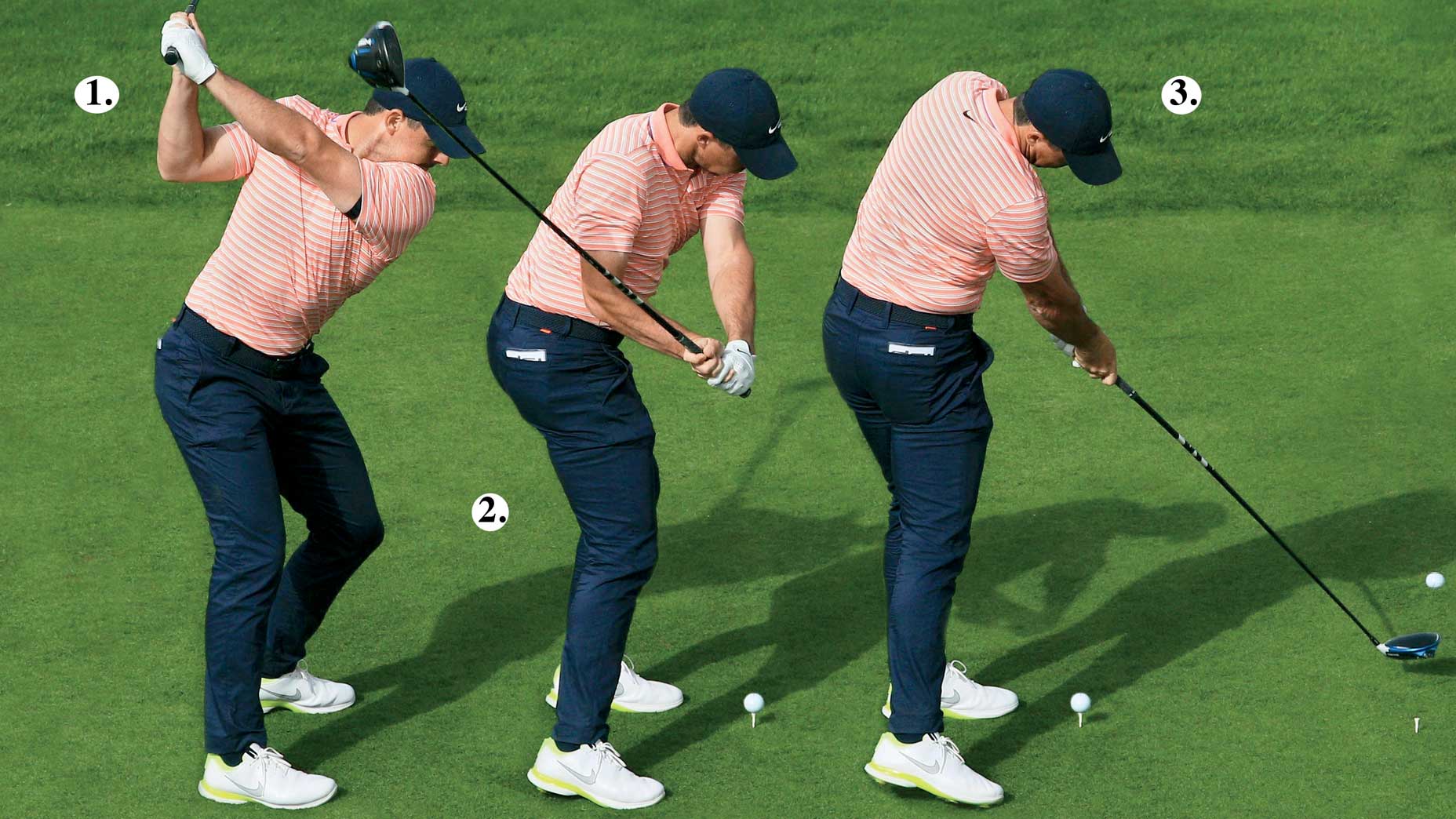
That’s the way Rory did it, but was it the best way? He was clearly wondering. We were, too.
In many ways, 2021 seems to have been Rory’s year of golf swing exploration. He chased distance. He chased a fade. He wavered on each quest. But at the WGC-FedEx St. Jude Invitational — where he gained almost six shots on the field off the tee and ranked first in SG: Driving for the week — he sounded very much like he’d reached a final verdict.
“I’m not squeezing it as much, I’m not trying to get on top of it as much as I was,” he said. “I know what I do well with the driver, I’ve done it my whole career. I turn big, wide, sort of wind up and then sort of hang on my right side and throw my arms and my body at it. You know, I was trying to go away from from using my talent and my hands and trying to do it all with body turn and try to make it very mechanically efficient.”
Wall-to-Wall Equipment: Why Rory McIlroy made a rare mid-tournament gear changeBy: Jonathan Wall
He continued:
“I sort of came to the realization that I’m pretty good with my hands and I’m pretty good at matching it up and it’s okay to rely on your talent. I’ve always been a little uneasy with the ‘talented’ tag because I feel like I work hard and it was probably a part of my mentality and my ego to go, no, I’m going to drive the ball well with hard work and dedication. But if that’s my talent, I may as well use it to the best of my ability.”
Rory’s technical description matches the anecdotal evidence that he seemed to be aiming more to the right and hitting far more push-draws all week, especially off the tee. His driving distance average was a season-high 337 — some 18 yards longer than his average so far this season — and at 75 percent, it was his most accurate performance of the season, too. I particularly enjoyed this 181 mph ball speed, 351 yard corner-cutting bomb on Thursday that left him in the middle fo the fairway.

The sample size is small and will need to prove-out, but Rory’s T-12 in Memphis looked the draw-hitting, dominating driver performance of old. Relying on timing it with his hands; that’s what Rory does best.
Rory’s 2021 journey may be about to round the full circle, but that doesn’t mean he’s back to where he’s started. As the saying goes, sometimes you have to get lost to find your way back home. Mature in mindset, insightful in disposition, and newly-assured in approach, introspective Rory’s journey into his own game may have helped him find the essence of what makes Rory, well, Rory.
